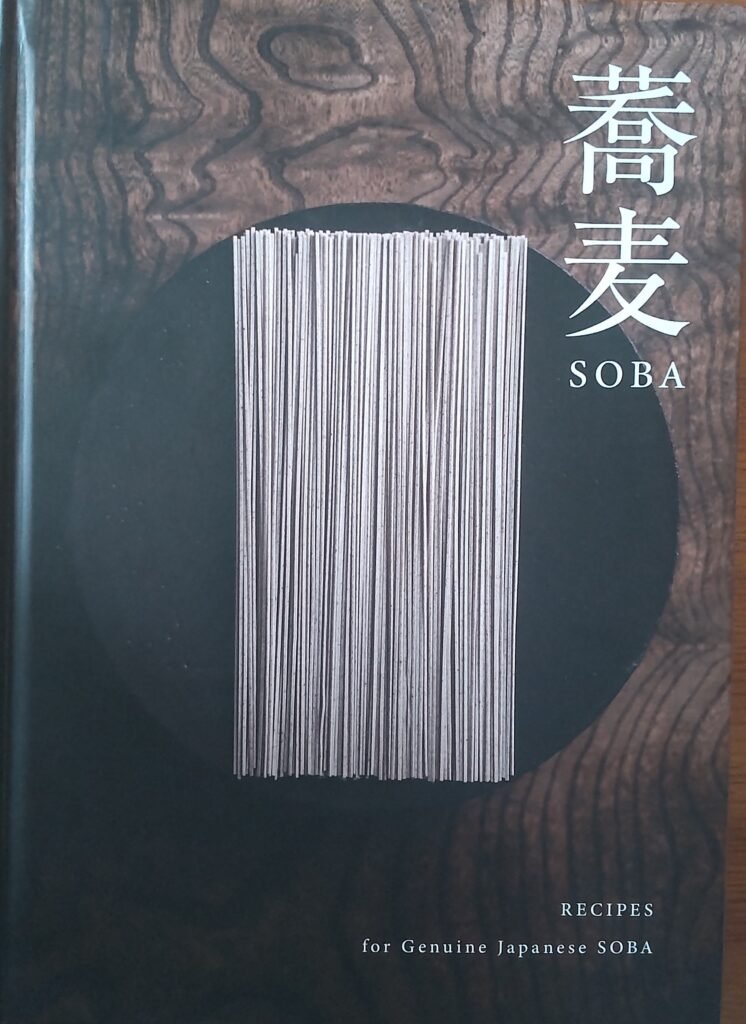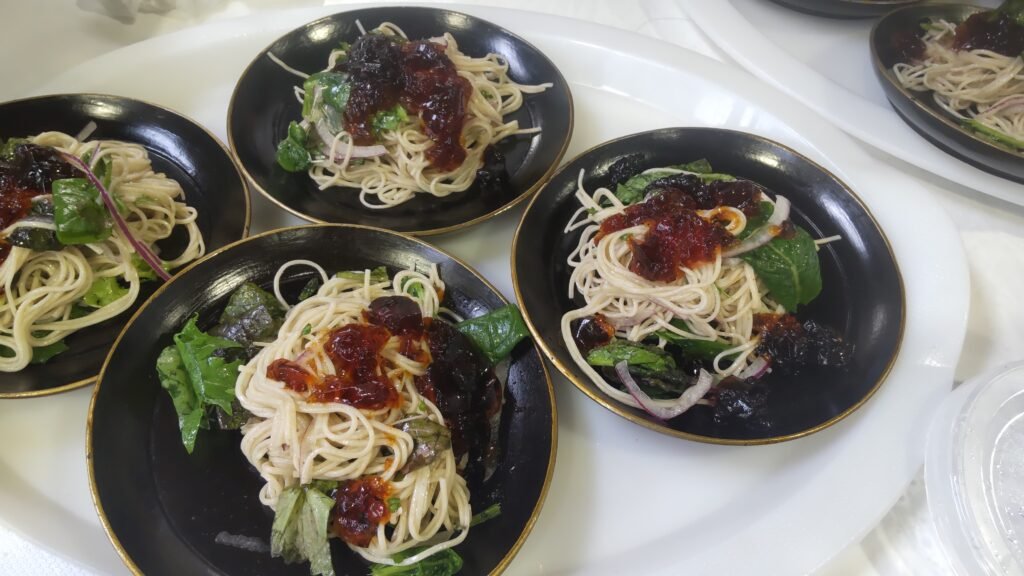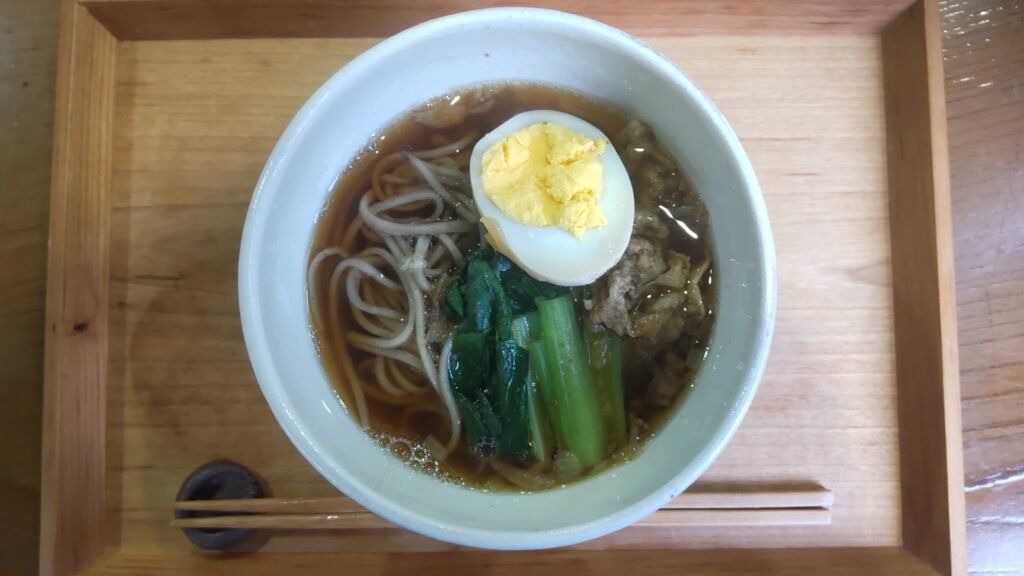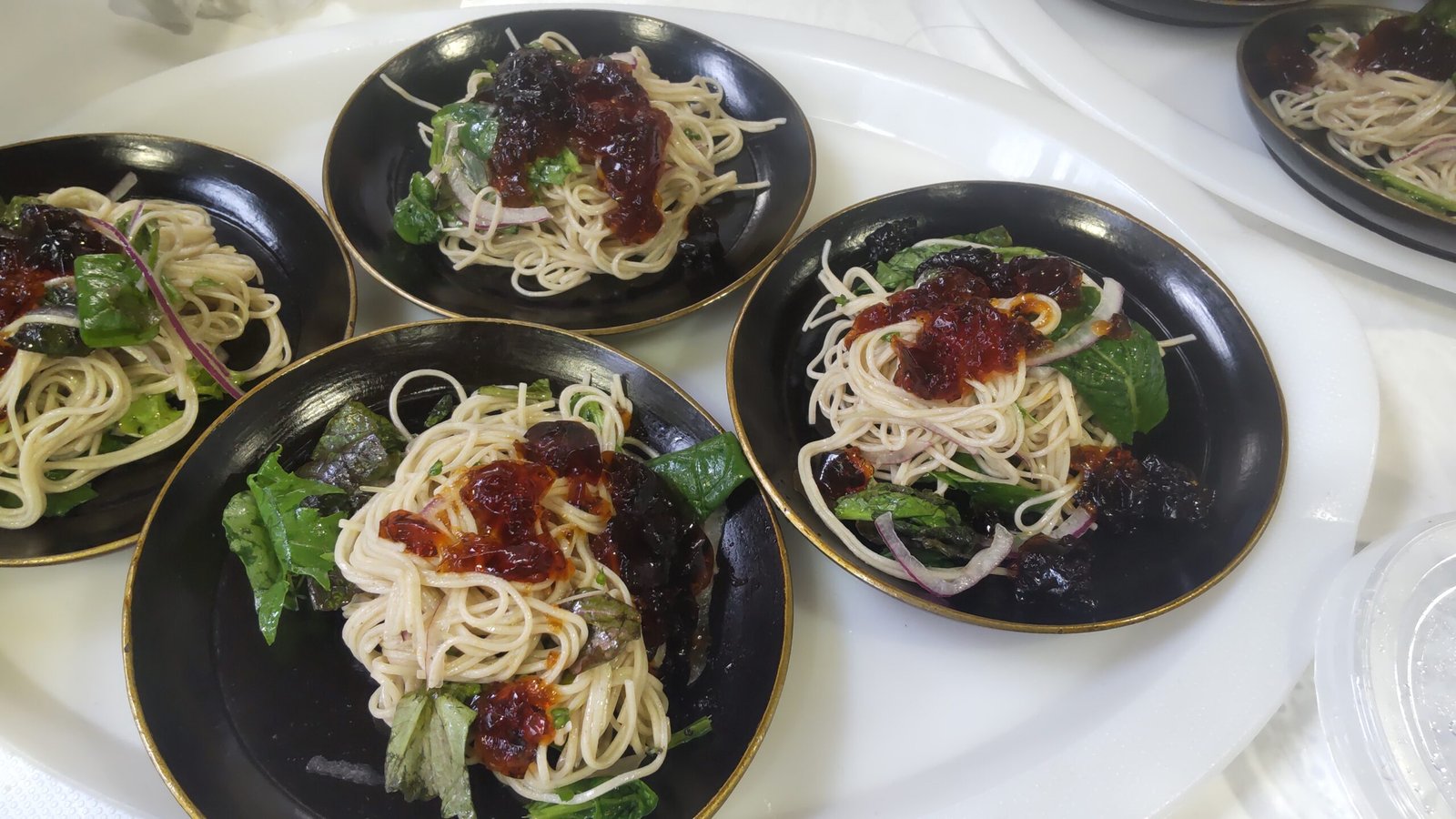What is Soba?
Soba is a well-known dish in Japan, but because recipes that highlight its unique flavor are not widely available, it hasn’t gained as much popularity overseas as sushi or ramen. Soba is a wonderful noodle that deserves recognition around the world.
- There are various theories regarding the origin of soba (buckwheat). In Japan, people seems to have cultivated buckwheat during the Jomon period. Buckwheat is an essential agricultural product in Japanese food culture.
- Soba transformed into noodle form in ancient times in Japan. The earliest known record of soba noodles (soba-kiri) is linked to Josho-ji Temple in Suhara, Okuwa Village, Kiso District, Nagano Prefecture.
- Gen-soba (unhulled buckwheat) and nukimi (hulled whole grain) are the two main forms of buckwheat grains, gen-soba being the most domestically produced in Japan.
A Delicious Revolution: Soba Recipe Book by Kirishina
I joined the translation and editorial team at KIRISHINA Co., Ltd. to help preserve and promote the tradition and recipes of soba.

Soba Product Page
https://www.kirishina.jp/products/detail/247
According to their website, KIRISHINA has been dedicated to making truly delicious soba for over 30 years, with its factory located in the Kaida Highlands of Kiso, Nagano. Their aim is to encourage people to enjoy soba more casually in their daily lives, while also passing on the rich cultural heritage of soba.
With this vision in mind, they published a bilingual (Japanese/English) recipe book featuring dishes made with their dried soba products. These convenient dried noodles allow anyone to prepare the recipes easily, yet the dishes maintain a refined and thoughtful quality.
I believe the focus on dried soba is key to the book’s appeal, especially for international audiences. Dried noodles are easy to carry home as souvenirs, making them ideal for travelers and global consumers.
As Ms. Omori, the food producer of the book, noted, pasta was not commonly consumed in Japan in the past. However, when pasta makers introduced dried noodles and major publishers shared recipes, pasta became a familiar food for home cooking.
I think this book aims to spark a similar transformation in the soba world.
As noted on the last page of the book, the publication was made possible by the contributions of many individuals. I must emphasize that I was not solely responsible for the English translation. The translation was done by Mr. and Ms. Yogo, and I together.
I cannot name everyone here, but the book was created with passion by the editorial cheif Ms. Oba and staff at KIRISHINA, the food producer Ms. Omori, the potter Ms. Shima, the designer, photographer, editor, assistants, printer, and many more.
It was truly a pleasure and an honor to work with such a professional creative team to help pass down the important tradition of soba.
Soba Recipe Lesson (May 10, 2025)
KIRISHINA collaborated with food producer, editorial director, and Knots House owner Ms. Omori (Instagram), as well as sake and food select shop JOKURA (Shop Site), to host a soba recipe lesson.
The lesson featured two dishes from the book:
- “Salad Soba with Tsuyu Gelee Sauce” (page 33)

- “Taiwan-style Pork Soba” (page 60)

The warm soba bowls used were “Café Ole” bowls created by renowned Nagano-based potter Ms. Ruriko Shima (Instagram), whose work is featured throughout the book. Although I haven’t met her in person yet, I hope to have the opportunity someday.
Through this lesson, I truly felt the subtle yet essential elements of Japanese cooking — such as temperature, texture, and timing.
I highly recommend attending one of these lessons. Watching professionals at work makes it much easier to try making soba at home — and brings you closer to the heart of soba culture.


Leave a Reply